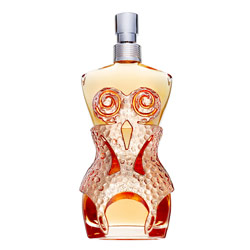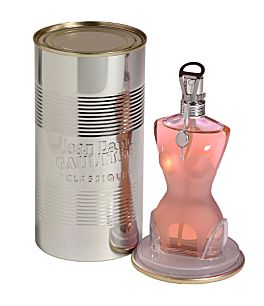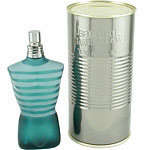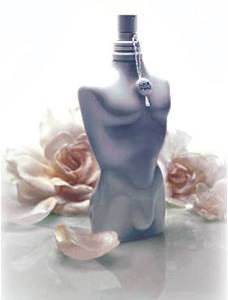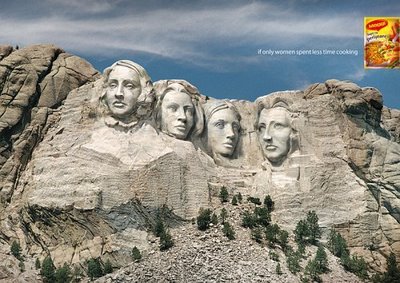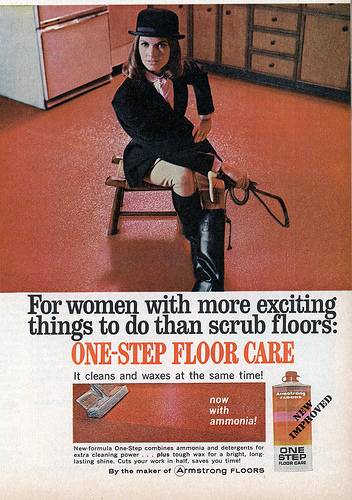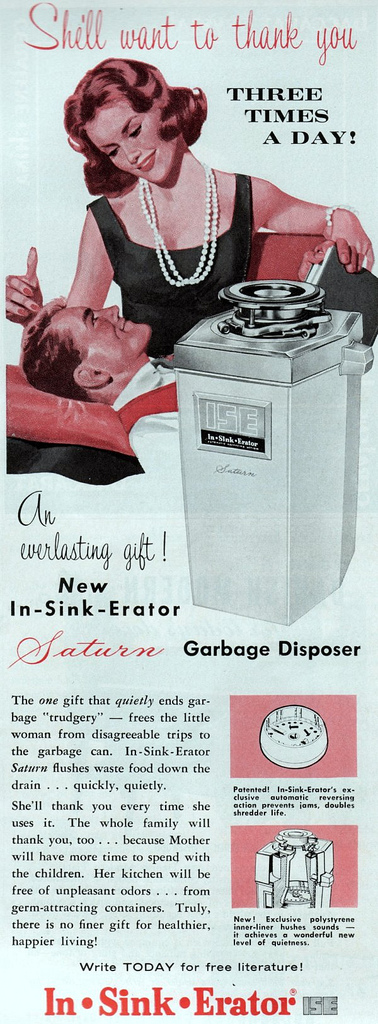Thus far in American history, the fact that men have escaped an onslaught of advertising for beauty products is a triumph of gender ideology over capitalism. Companies, after all, could double their market if they could convince men that they, too, were unsightly without make-up.
If a company were to try to market make-up and beauty regimes to men, however, their smartest move might be to masculinize make-up. And, this is, indeed, what some companies are doing. Here are some products. Their design is interesting, but their names are the most fun. Some of them are subtle, others not so much.
Studio Five Sport and Sun Tone Enhancer (or, as the ladies say, blush):
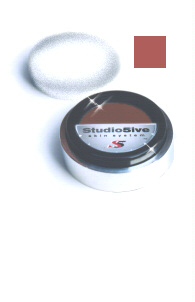
MensGroom Time Fighter (we call it anti-aging cream):
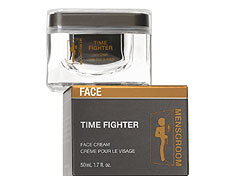
Male Species Power Face Mask (when you need a power face to go with your power tie):
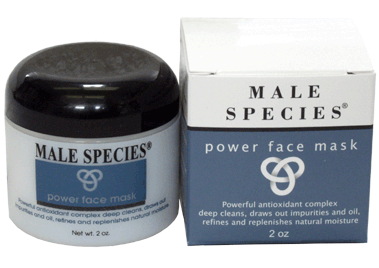
4VOO Distinct Man Confidence Corrector (because you’re going to need confidence when you go on your mission):
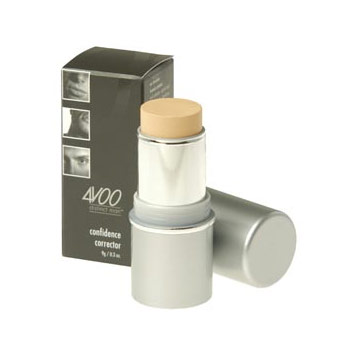
Ener-C After Shave Mission Balm (Is the shave itself a mission or are you going on a mission after you shave? And, is it impossible?):
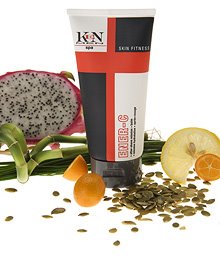
Ken Men Battle Scars Healing Anti-Inflammatory Repair Cream (I guess you need this post mission):
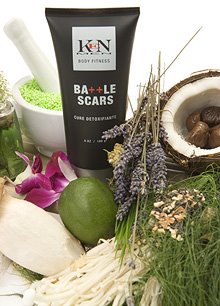
Studio 5ive Double Stroke Cream Mascara (get it?):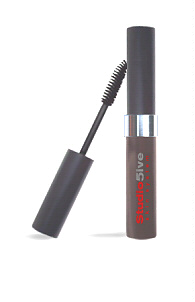
Ken Men Cream Me Face Base (oh come on!):
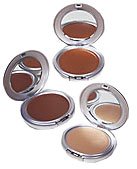
Ken Men Blo-Job Bronzing Powder (you’ve got to be kidding!):
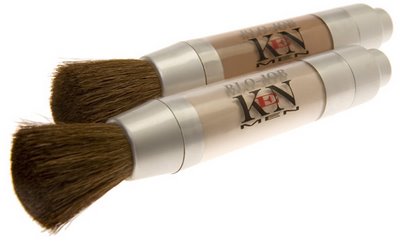
Also interesting is the Aveda marketing for hair and skin products aimed at men.
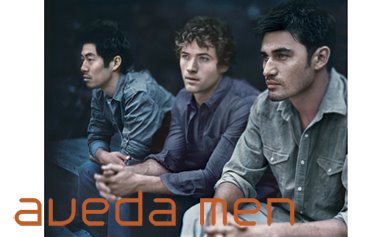
The products are called Pure-formance:
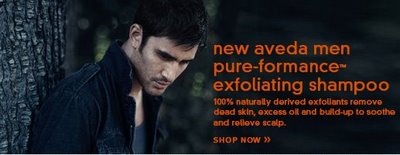
Notice the scruffiness of the men in the images, the dark blue-grey-black colors, and the use of nature. Below you can see the design of the products: brown, orange, grey, and sage colors with angular shapes (on a blue background, of course).
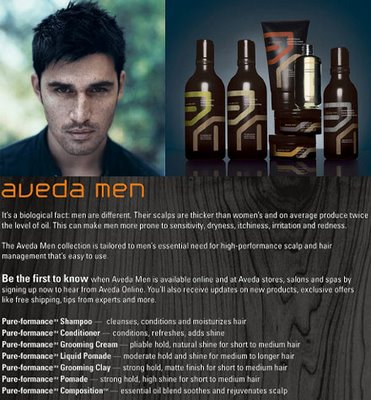
The first two paragraphs of text:
It’s a biological fact: men are different. Their scalps are thicker than women’s and on average produce twice the level of oil. This can make men more prone to sensitivity, dryness, itchiness, irritation and redness.
The Aveda Men collection is tailored to men’s essential need for high-performance scalp and hair management that’s easy to use.
So men are different than women. This is simply biology. They are more: “thicker” and “twice.” And, of course, no matter what it is, it must be “high-performance.
NEW! Mordicai points us to Man Glaze:
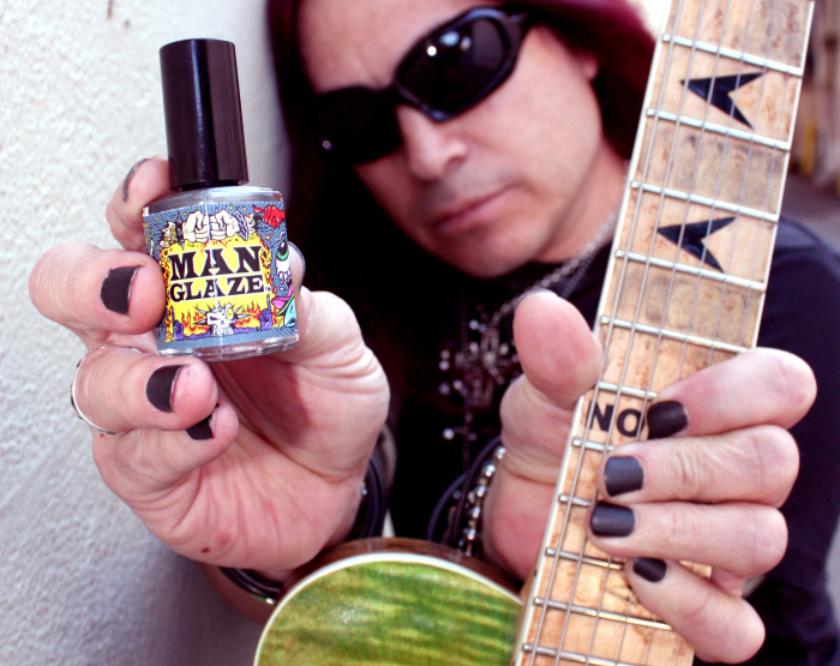
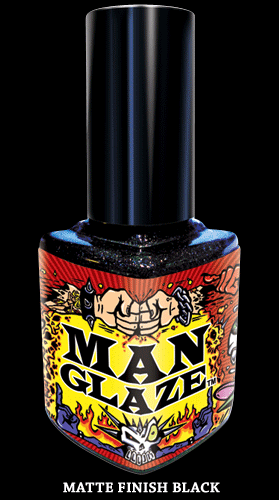
NEW! (Jan. ’10): David B. let us know about On the Job, a line of lotions targeting men. The line includes hand lotion, cleaner, and “armor,” which isn’t lotion, it’s a polymer glove.
NEW! (Feb. ’10): Andrea let us know about dznuts, a “high viscosity chamois cream” marketed to men as a way to minimize chafing while riding a bike:
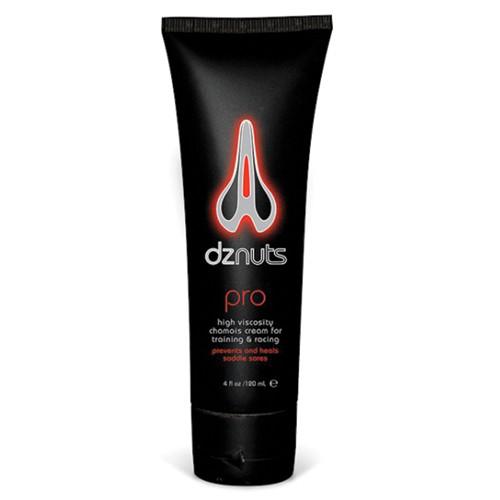
Ladies, you can buy a shirt that designates you as an Official Applicator:
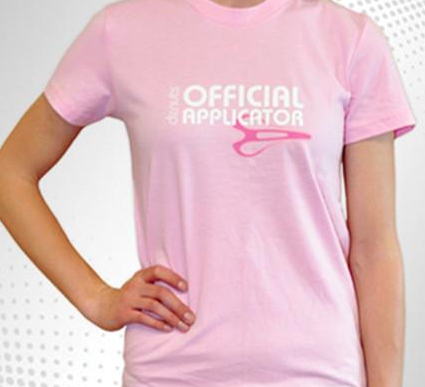
What Andrea found interesting is that, despite the name and logo, the product isn’t actually for a guy’s testicles at all. As the product description page says, it’s to prevent saddle sores in the perineal area…something both men and women have, as it turns out. But the creator apparently thinks the “for men only” marketing scheme–in which women aren’t riding bikes, they’re taking care of men who do–will be highly effective, because it costs twice as much as similar, but non-gendered, products.
Lisa Wade, PhD is an Associate Professor at Tulane University. She is the author of American Hookup, a book about college sexual culture; a textbook about gender; and a forthcoming introductory text: Terrible Magnificent Sociology. You can follow her on Twitter and Instagram.

















